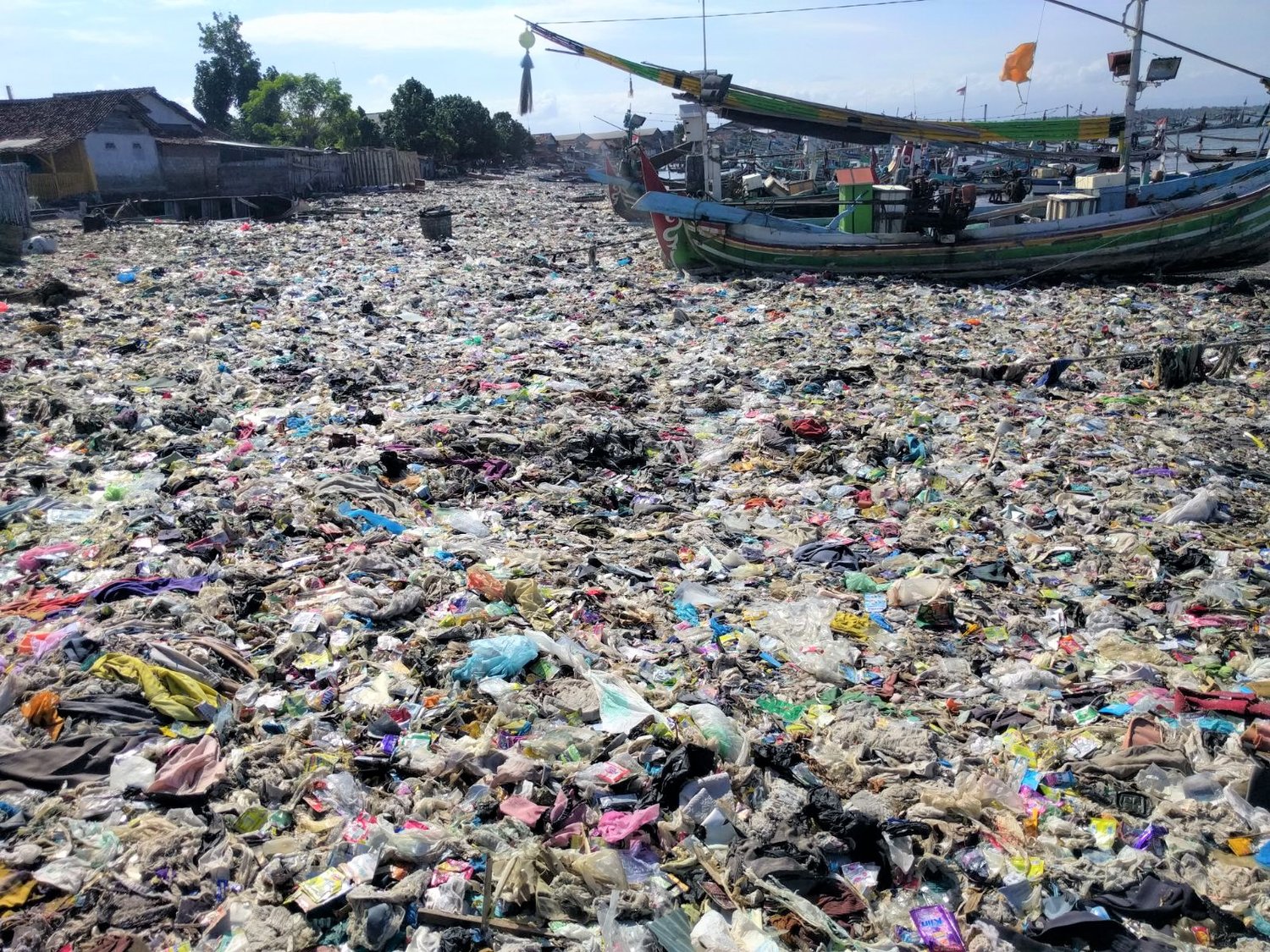Indonesia’s National Plastic Action Partnership has released a Financing Roadmap that shows how to fund the transition to 70% less plastic pollution by 2025 and achieve a circular economy for plastic by 2040.
Indonesia is one of the nations most affected by plastic pollution and mismanaged waste. It generates around 6.8 million tonnes of plastic waste a year, a figure that is growing by 5% annually. Without major intervention, plastic pollution will more than double in the next 20 years.
The 70% reduction and circular economy targets were set earlier this year, when the Indonesia NPAP launched its Multi-Stakeholder Action Plan – supported by the World Economic Forum and SYSTEMIQ – with the ambition of setting the country free from plastic pollution within a generation. It has since set up taskforces to deliver the plan, including around policy, metrics and behaviour change. The Financing Taskforce is the first to publish its roadmap, written collaboratively based on a draft by SYSTEMIQ, and with coordination from the World Resources Institute and Delivery Associates.
The new roadmap puts a cost on meeting the marine plastic waste reduction target: around $18 billion in capital investments between 2017 and 2040 and an estimated $1 billion a year increase in operational financing for solid waste management systems by 2040. Arthur Neeteson is the Director for National Plastics Strategy at SYSTEMIQ Indonesia, and part of the Financing Task Force: he admits that it is a steep step up, but within the country’s reach.
“The roadmap identifies clear opportunities across the plastic value chain which could reach up to $10 billion in annualized revenues for the next 20 years,” he explains. “It’s an ambitious vision, but as this roadmap shows, it can be achieved through coordinated action on all fronts.”
Among the key recommendations are:
● incubating and scaling up innovations, ventures and project development at all stages of the plastic system, through supportive policies, incentives and action;
● closing the operational financing gap for city-level waste collection and recycling systems and building institutional and technical capacity, by improving domestic revenues and industry co-funding and facilitating small, scalable pilot projects; and
● enabling capital investment in the after-use waste and recycling system through system changes, technology development and blended finance approaches.
Read the full report

